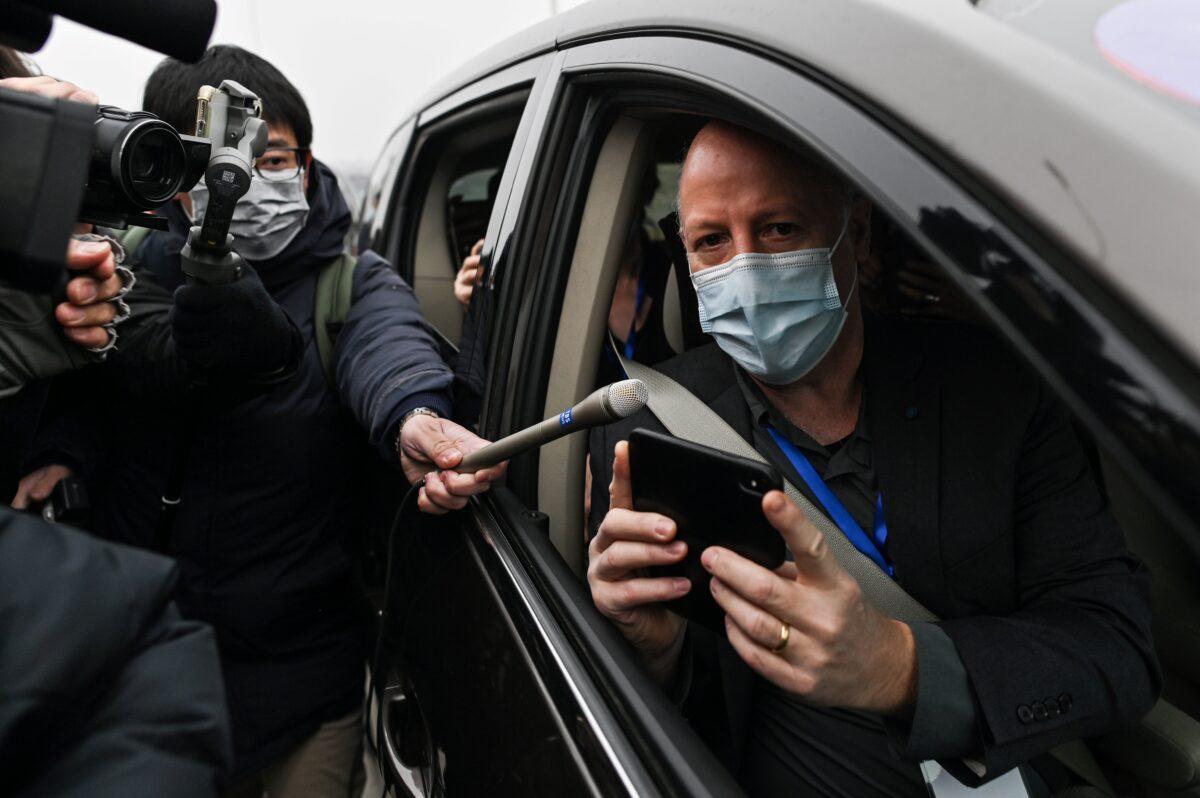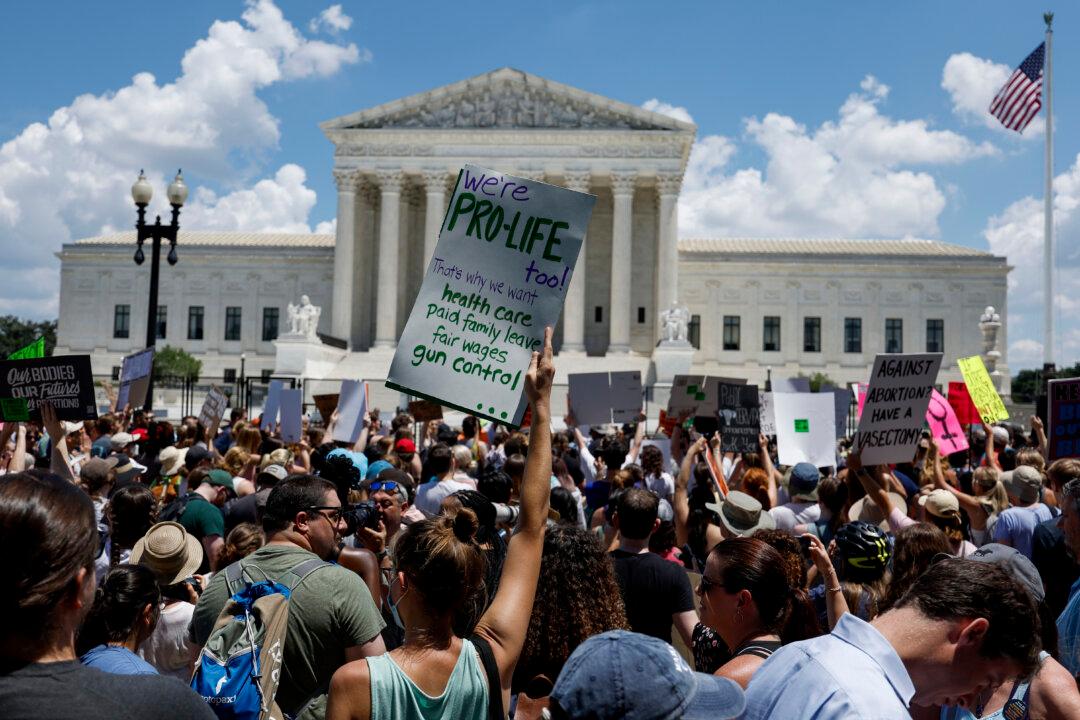Former Centers for Disease Control (CDC) Director Robert Redfield explained why he thinks the CCP virus came from a Chinese lab (the Wuhan Institute of Virology or WIV), echoing support for the theory that was dismissed by media and politicians as having no scientific merit and not worth investigating.
The former CDC director sat down with Dr. Marc Siegel, a professor at NYU and Fox News contributor, to discuss the pandemic’s origins.
The director of the National Institute of Allergy and Infectious Diseases (NIAID) and the government’s voice of scientific authority on the pandemic before and during the pandemic, Dr. Anthony Fauci, has long argued that the virus came from an animal market in Wuhan China and not a lab leak.
“Everything about the stepwise evolution over time strongly indicates that [this virus] evolved in nature and then jumped species,” Fauci told the publication at the time.
“The statement from last year was completely false,” Adm. Brett Giroir, former Department of Health and Human Services (HHS) assistant secretary, told Fox News. “There was no pattern of mutations that suggest that it went right from an animal in a natural situation to humans—and there’s still no evidence to show that. So that statement was completely wrong.”
Redfield argued that the COVID-19 virus has a much faster rate of transmission than other lethal coronaviruses such as SARS and MERS which have been found to spread through animals and at a much slower rate.
“There’s an alternative hypothesis that it went from a bat virus, got into a laboratory where in the laboratory, it was taught—educated, it evolved—so that it became a virus that could efficiently transmit human to human,” Redfield said.
“And my professional opinion, as a virologist, is ... that’s the hypothesis that I support. You know, other individuals—Tony Fauci, for example—would say that he prefers to support it evolved from nature. I think those are the two hypotheses.”
Early reports about an outbreak of the CCP virus first appeared in Wuhan in late 2019, when a cluster of cases was reported by state-controlled media to be linked to a local wet market. More than a year later, the origins of the virus remain unconfirmed, although the theory that the virus leaked from a laboratory at China’s Wuhan Institute of Virology is gaining traction.

Redfield, a virologist, expressed disappointment in what he described as a “lack of openness” within scientific circles “to pursue both hypotheses.”
President Joe Biden in May ordered the U.S. Intelligence Community to ramp up efforts to investigate the virus’s origins and produce a report in 90 days.
Chinese scientists and officials have consistently rejected the lab-leak hypothesis, claiming the virus could have circulated in other regions before it hit Wuhan and might have even entered China through imported frozen food shipments or wildlife trading.
WHO Director-General Dr. Tedros Adhanom Ghebreyesus said the findings of the probe were inconclusive and called for further investigations.
Redfield expressed concern that the WHO was “highly compromised” by the CCP.






Friends Read Free